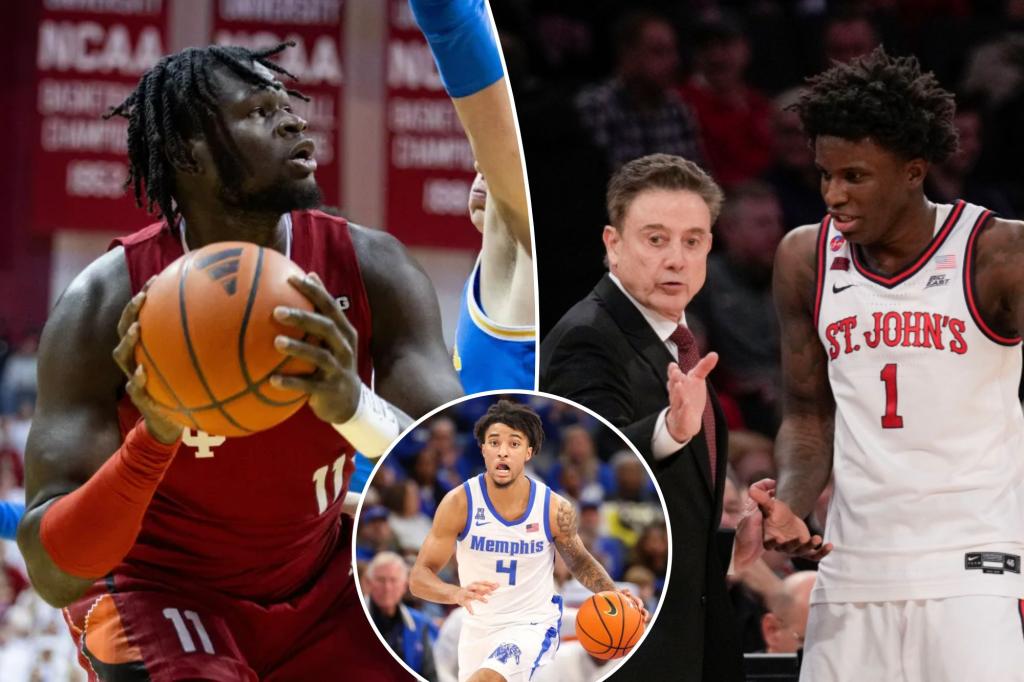Instructions

What if professional sports leagues like the NBA, NHL, NFL, and MLB operated on a completely different contract model? Picture a world where athletes sign year-to-year contracts, transforming the landscape of professional sports as we know it.
In this alternative sports universe, player loyalty would take on a whole new meaning. Teams would constantly be in a high-stakes recruitment battle, knowing that every single season could dramatically reshape their roster. Star players would become free agents annually, creating an electrifying marketplace of talent where negotiations become as thrilling as the games themselves.
The implications would be profound. Team chemistry would be more dynamic and unpredictable. Franchises would need to create environments so compelling that players would want to return year after year. Performance would become the ultimate currency, with athletes knowing that their next contract depends entirely on their most recent season's performance.
Fans would experience a more volatile and exciting sports ecosystem. Rosters would shift dramatically each year, making every offseason a potential blockbuster event. The traditional notion of a "franchise player" would be completely reimagined, replaced by a more fluid and competitive model of team building.
While this scenario might sound chaotic, it would undoubtedly inject unprecedented excitement and strategic complexity into professional sports, challenging everything we currently understand about athletic contracts and team management.
Sports Revolution: Reimagining Professional Athletics Through Dynamic Contract Landscapes
In the high-stakes world of professional sports, where athlete contracts have long been governed by rigid multi-year agreements, a radical transformation is brewing that could fundamentally reshape how professional athletes negotiate their professional futures. The traditional model of long-term contracts is being challenged by an innovative approach that promises unprecedented flexibility and economic opportunity.
Breaking the Chains: A New Era of Athletic Employment
The Current Contract Paradigm: Limitations and Constraints
Professional sports leagues have historically operated under a structured contract system that locks athletes into multi-year commitments. These agreements, while providing financial stability, often restrict player mobility and create complex economic ecosystems that limit individual athlete agency. The traditional model assumes predictable performance trajectories and market values, an assumption that increasingly fails to capture the dynamic nature of modern athletic careers.
The current contract structures in major leagues like the NBA, NHL, NFL, and MLB create significant challenges for athletes. Players find themselves bound by agreements that may not reflect their current market value, performance potential, or personal career aspirations. These long-term contracts can become financial straitjackets, preventing athletes from capitalizing on peak performance periods or adapting to rapidly changing professional landscapes.
Reimagining Athletic Contracts: The Annual Negotiation Model
Envision a revolutionary approach where professional athletes negotiate contracts on an annual basis, similar to freelance professionals in other industries. This model would introduce unprecedented flexibility, allowing athletes to continuously reassess their market value, performance potential, and career trajectories. Annual contracts would create a more dynamic, responsive economic environment that rewards consistent excellence and allows for rapid adaptation.
Under this proposed system, athletes would have the opportunity to renegotiate terms annually, based on their most recent performance metrics, market demand, and personal career goals. This approach would fundamentally alter the power dynamics between athletes, teams, and leagues, creating a more equitable and responsive professional ecosystem.
Economic and Strategic Implications
The implementation of year-to-year contracts would trigger profound changes across professional sports economics. Teams would need to develop more sophisticated talent evaluation and retention strategies, while athletes would be incentivized to maintain peak performance consistently. This model would create a more meritocratic environment where compensation directly correlates with recent achievements rather than historical performance or potential.
Financial markets and sports economics would experience significant disruption. Athlete valuation would become more fluid, with real-time performance metrics playing a crucial role in contract negotiations. Insurance products, investment strategies, and athlete representation would need to evolve to accommodate this more dynamic contractual landscape.
Technological Infrastructure and Implementation Challenges
Transitioning to an annual contract model would require sophisticated technological infrastructure. Advanced data analytics, real-time performance tracking, and complex negotiation platforms would become essential. Machine learning algorithms could help predict athlete performance, market value, and potential contract terms with unprecedented accuracy.
The technological challenges are significant but not insurmountable. Blockchain technologies, advanced data analytics, and artificial intelligence could provide the necessary tools to create transparent, efficient, and fair annual contract negotiation processes. These technologies would enable more granular, data-driven approaches to athlete valuation and contract structuring.
Psychological and Cultural Transformation
Beyond economic considerations, this model would represent a profound psychological shift in how athletes perceive their professional identities. The annual contract approach would foster a culture of continuous improvement, adaptability, and personal accountability. Athletes would be motivated to consistently demonstrate value, innovate their skills, and remain at the forefront of their respective sports.
The potential cultural impact extends beyond individual athletes, potentially reshaping team dynamics, fan engagement, and the broader sports entertainment ecosystem. More dynamic contract structures could lead to more exciting, unpredictable sporting experiences that maintain fan interest and engagement.

